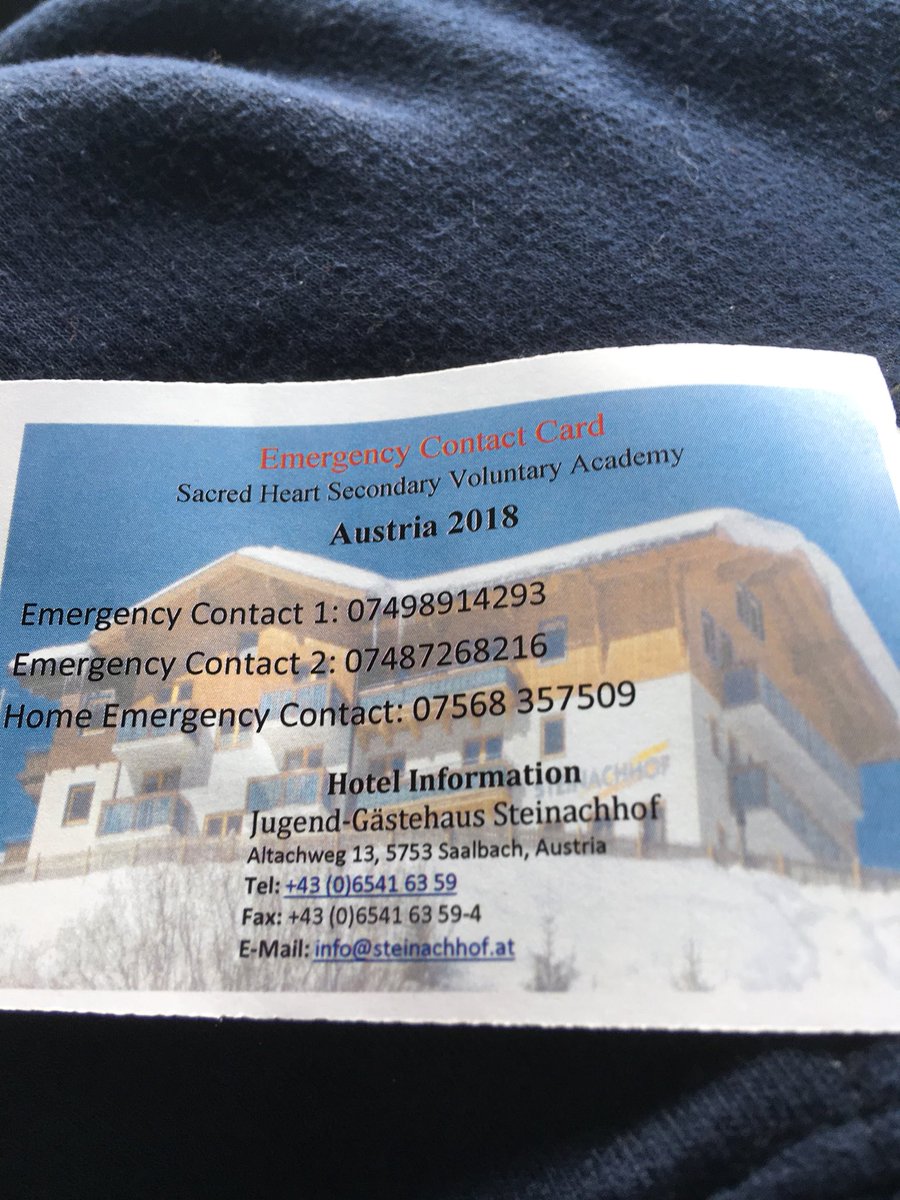Free download.
Book file PDF easily for everyone and every device.
You can download and read online Home Emergencies (Safe At Home Book 1) file PDF Book only if you are registered here.
And also you can download or read online all Book PDF file that related with Home Emergencies (Safe At Home Book 1) book.
Happy reading Home Emergencies (Safe At Home Book 1) Bookeveryone.
Download file Free Book PDF Home Emergencies (Safe At Home Book 1) at Complete PDF Library.
This Book have some digital formats such us :paperbook, ebook, kindle, epub, fb2 and another formats.
Here is The CompletePDF Book Library.
It's free to register here to get Book file PDF Home Emergencies (Safe At Home Book 1) Pocket Guide.
Preparedness starts with each one of us taking steps to stay safe before, during, and after disasters or emergencies. By setting aside the time and resources to.
Table of contents
- Learn more about making a family plan
- Products and services
- Be prepared for emergencies
- Disaster and earthquake preparation | City of Vancouver
Know at least two ways to get out of your apartment or home. When you're cooking, don't wear loose clothes or clothes with long sleeves Replace appliances that have fraying or damaged electrical cords. Don't put too many electric cords into one socket or extension cord. Install a smoke detector and replace the battery twice a year.
- GRANDPAS PATCHWORK POETRY (GRANDPAS BOOKS Book 1).
- Ongoing HomeCare cover!
- Cooking with My Sisters: One Hundred Years of Family Recipes, from Bari to Big Stone Gap;
Never smoke in bed or leave candles burning, even for a short time, in an empty room. Make sure heaters are at least 3 feet away from anything that can burn, such as curtains, bedding, or furniture. Turn off space heaters when you leave the room.
- Stories from the Six Worlds: Mikmaw Legends.
- Plan for an emergency with your family | City of Vancouver!
- Сара не хочет делать прививку.
- Snake Capricorn: The Combined Astrology Series?
- You and Your Family!
- The Eden Hole;
- Emergency Preparedness Publications?
- Account Options.
- Poison Treatment Tips:.
- Beside Still Waters.
- Quick Reference Handbook (QRH) | The Association of Anaesthetists.
- Emergency Supplies for Earthquake Preparedness | Natural Disasters and Severe Weather | CDC!
- What will you be when you grow up?;
Have grab bars installed in the shower and near the toilet to make getting around easier and safer. Put rubber mats in the bathtub to prevent slipping. If you are having a hard time getting in and out of your tub, or on and off the toilet, ask your provider to help you get a special tub chair or bench or raised toilet seat. Prevent poisoning Carbon Monoxide Never try to heat your home with your stove, oven, or grill since these can give off carbon monoxide--a deadly gas that you cannot see or smell.
Make sure there is a carbon monoxide detector near all bedrooms, and be sure to test and replace the battery two times a year. Medications Keep all medications in their original containers so you don't mix up medicines. Ask your pharmacist to put large-print labels on your medications to make them easier to read. Take your medications in a well-lit room, so you can see the labels.

Bring all of your pill bottles with you to your healthcare provider's appointments so he or she can look at them and make sure you are taking them correctly. Cleaning products Never mix bleach, ammonia, or other cleaning liquids together when you are cleaning.
Learn more about making a family plan
When mixed, cleaning liquids can create deadly gases. Protect against abuse Keep your windows and doors locked at all times. Never let a stranger into your home when you are there alone. Talk over offers made by telephone salespeople with a friend or family member.
Products and services
Do not share your personal information, such as social security number, credit card, bank information, or account passwords, with people you do not know who contact you. Emergencies come in many forms, and they may require anything from a brief absence from your home to permanent evacuation.
Each type of disaster requires different measures to keep your pets safe, so the best thing you can do for yourself and your pets is to be prepared. This easy-to-use sticker will let people know that pets are inside your home. Make sure it is visible to rescue workers we recommend placing it on or near your front door , and that it includes the types and number of pets in your home as well as the name and number of your veterinarian.
Be prepared for emergencies
Your local pet supply store may also sell similar stickers. Arrange a safe haven for your pets in the event of evacuation. They may become trapped or escape and be exposed to numerous life-threatening hazards. Note that not all shelters accept pets, so it is imperative that you have determined where you will bring your pets ahead of time:.
Disaster and earthquake preparation | City of Vancouver
This step will take considerable time and thought. When choosing a temporary caregiver, consider someone who lives close to your residence.
He or she should be someone who is generally home during the day while you are at work or has easy access to your home. A set of keys should be given to this trusted individual. This may work well with neighbors who have pets of their own—you may even swap responsibilities, depending upon who has accessibility.